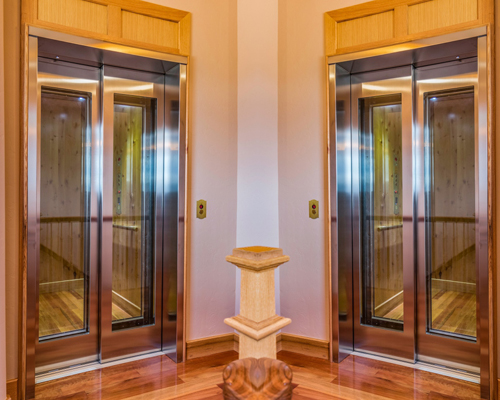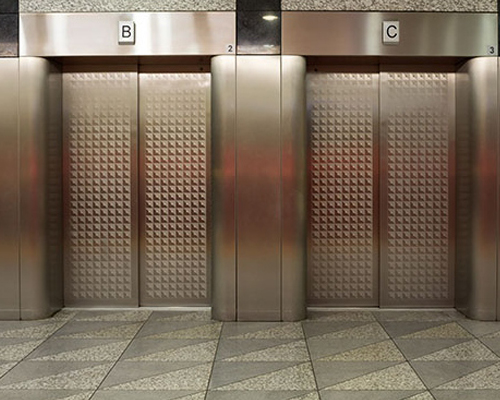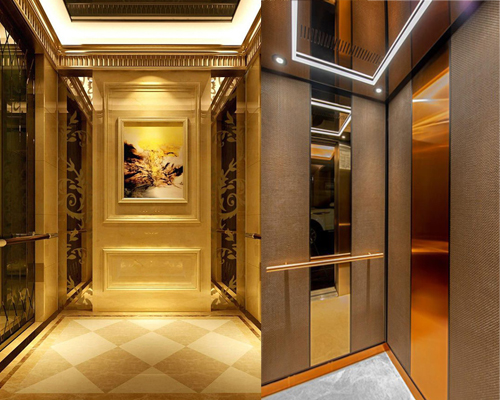Elevator Doors & Cabins
Elevator doors and cabins are crucial components of an elevator system, serving both functional and aesthetic purposes. Here’s an overview:
GLASS DOOR
MILD STEEL DOORS
STAINLESS STEEL DOORS
LUXURY CABINS
IFG DOOR & SWING DOOR
Elevator Doors
Types of Elevator Doors:
- Sliding Doors: The most common type, where doors slide horizontally.
- Single-slide doors: One panel that slides open to one side.
- Center-opening doors: Two panels that slide open from the center.
- Two-speed doors: Two panels that move at different speeds, often used for faster opening.
- Swing Doors: Similar to regular doors, they swing open. These are less common in modern elevators.
- Folding Doors: Consist of multiple panels that fold together, often used in older or smaller elevators.
Materials:
- Stainless Steel: Durable and corrosion-resistant, often used in commercial buildings.
- Glass: Provides visibility and a modern look, used in scenic elevators.
- Wood: Offers a classic appearance, typically used in residential or high-end buildings.
Elevator Cabins
Design Elements:
- Walls: Made from materials like stainless steel, glass, wood, or laminates. Can be plain or decorated with patterns and finishes.
- Flooring: Often made of materials like vinyl, tile, marble, or carpet.
- Ceiling: Can include lighting fixtures, ventilation, and speakers for announcements or music.
Capacity and Size:
Varies based on the building’s requirements, ranging from small residential elevators to large freight elevators.
Advanced Features:
- Touchless Controls: Sensors or mobile apps to reduce physical contact.
- Destination Control Systems: Optimize travel by grouping passengers with similar destinations.
- Smart Elevators: Integration with building management systems for improved efficiency and energy use.
Maintenance and Safety
Regular maintenance is essential to ensure the smooth operation and safety of elevator doors and cabins. Safety standards and regulations vary by region but generally include guidelines for installation, operation, and regular inspections.





